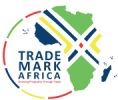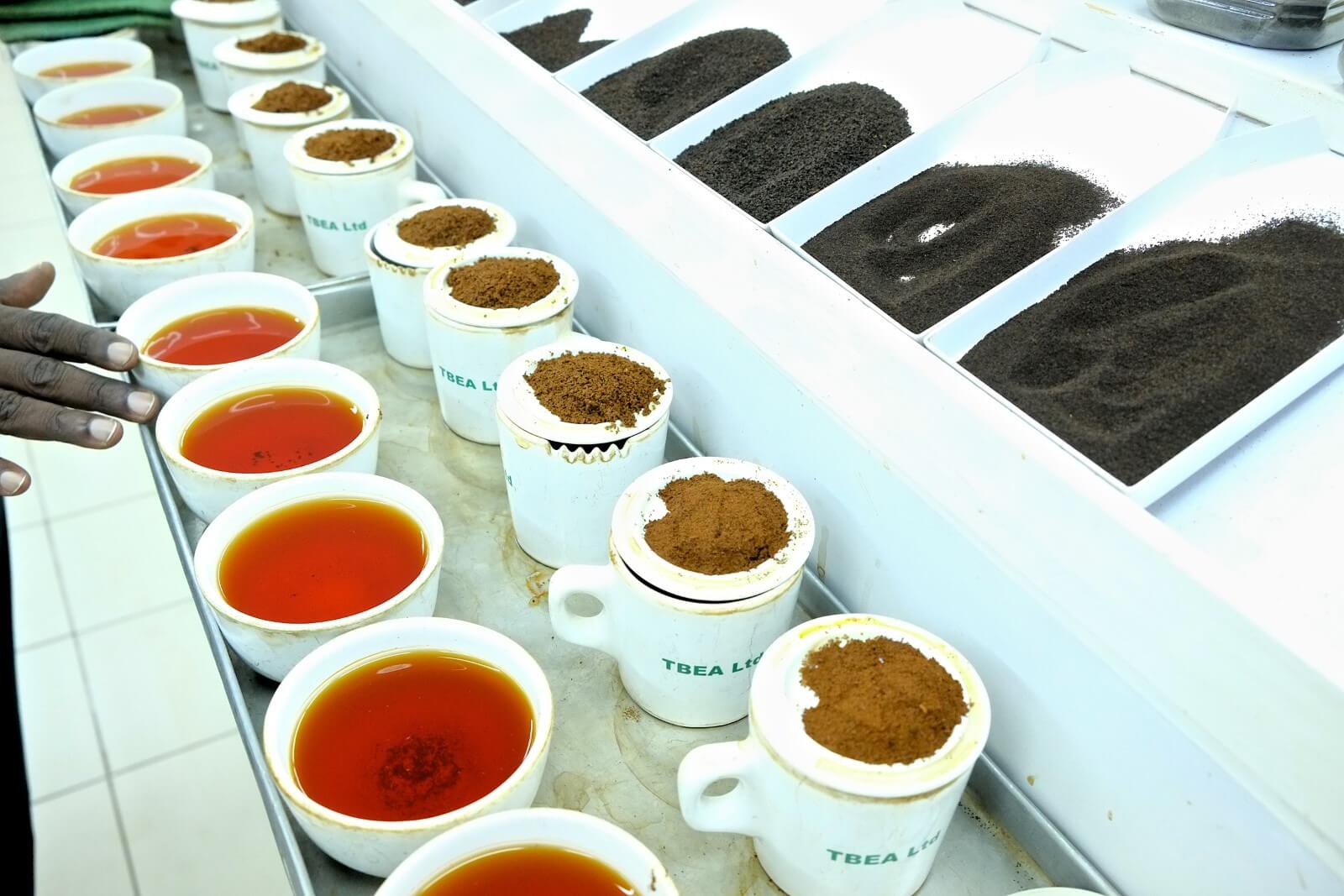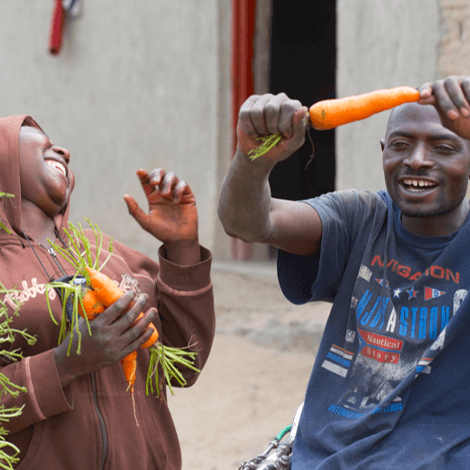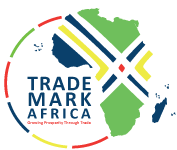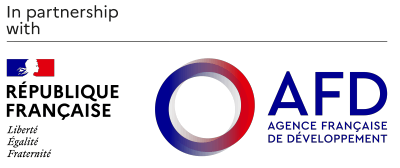[vc_row equal_height="yes" content_placement="top"][vc_column width="1/2"][vc_column_text]EATTA’s Integrated Tea Trading System (iTTS) which automated the manual trade processes along the tea value chain for traders using the Mombasa Tea Auction has improved efficiency and transparency resulting to reduced costs and time of trading for tea traders, evaluations show. The system is funded by the Danish Ministry of Foreign Affairs through TradeMark Africa. ITTS covers the dispatch of made tea from the factory, receiving of the tea by the Warehouse, cataloguing and offering the tea for sale by the Broker, buying of the tea and paying for it by the buyer and the finally collecting the bought tea from the warehouse. According to a recent evaluation, overall costs incurred by tea traders who are producers, brokers and buyers/exporters has reduced from US$4,533 before iTTS) in 2017 to US$1,889 after iTTS in 2021, a reduction of 58% against a target of 15%.[/vc_column_text][/vc_column][vc_column width="1/2"][vc_video link="https://www.youtube.com/watch?v=6mbvhDDa6Ns" align="center"][/vc_column][/vc_row][vc_row][vc_column][vc_column_text]Specifically, the costs that have been eliminated are transactional and logistical and includes key items such as printing costs, travel time and costs, refreshment etc. Additionally, the tea trade cycle time has reduced by 10 days, from 38 days in 2017 to 28 days in 2021. iTTS has remedied limitations in the old manual set-up, such as the lack of in-depth consolidated auction statistics, and limitation on the scale up of the mandatory physical presence in the auction house of participants in the auction. Members can now access real-time information for the entire tea trade cycle. A member can access post-sale...
Automation of the World’s Biggest Black Tea Auction for Export delivers results one year onPosted on: July 12, 2022
Posted on: July 12, 2022
